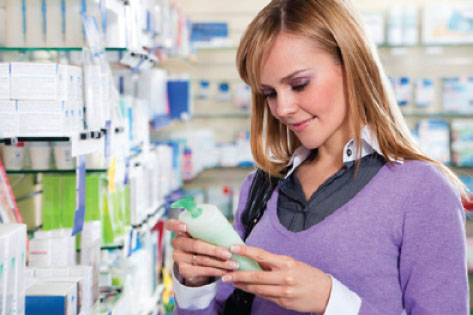Pharmaceutical products rely on secure packaging to contain them without any possibility of contamination. Without properly sealed bottles, pouches, or other types of containers, treatments can become entirely useless in urgent situations. Doctors refer to the first hour after a patient experiences severe trauma as “the golden hour”, when treatment is the most effective.
In order to ensure that patients receive the treatment they need during this crucial period, pharmaceutical packaging needs to keep medicines in perfect condition at all times.

Dangers of Unsecure Pharmaceutical Packaging
Much like food products, medicine needs to go through processing, handling and packaging methods that are specific to the product type, such as solid and liquid medications.
Packaging that allows for exposure to outside air could result in contamination, growth of bacteria and a shorter shelf life for products. If these issues are present, medicine can even go from life-saving to potentially deadly.
This is why it’s necessary to have packaging designs that best avoid these dangers.
One of the most common types of secure pharmaceutical packaging is blister packaging, which can sometimes be formed with used packaging equipment, and is used mainly for packaging unit doses in the U.S. The reason it’s commonly used is because of its accommodating design that features a pocket made of formable web that effectively prevents the product from being damaged.
Over-the-counter products such as cold medicines and allergy pills typically use this type of packaging.
Pouch packaging is another common type of pharmaceutical packaging design. Pouches more conveniently allow for prepackaged measured doses. Pouches can have childproof and easy-to-open tear seals, which makes them ideal for holding liquids as well.
The Importance of Proper Labels
Apart from secure packaging that doesn’t allow for contamination or access for children, pharmaceutical packaging should also have labels that accurately describe its contents and provide sufficient instructions for people unfamiliar with how to administer the medicine.
Without effective labeling, the consequences could be severe as patients could receive incorrect dosage or, in certain cases, no dosage at all.
One tragic example of poor package labeling involved the avoidable deaths of numerous patients in developing countries. Research teams including the Warwick Manufacturing Group (WMG) asked over 600 international caregivers about their opinions regarding Oral Rehydration Salts (ORS) packaging. ORS is used to prevent dehydration in infants suffering from diarrhea.
Unfortunately, the results of the survey found that many of the caregivers didn’t understand the instructions, to the point where they either gave the wrong dosage to infants, or didn’t administer the medicine at all.
This lack of understanding resulted in multiple casualties, and WMG and other research teams are developing new and improved packaging because of tragedies like these.
Pharmaceutical packaging needs to be both practical and clearly labeled, or there may be serious consequences for patients in need of treatment. And while research teams may be working to develop top-quality packaging, it’s up to pharmaceutical packaging companies to implement it in their production lines.
